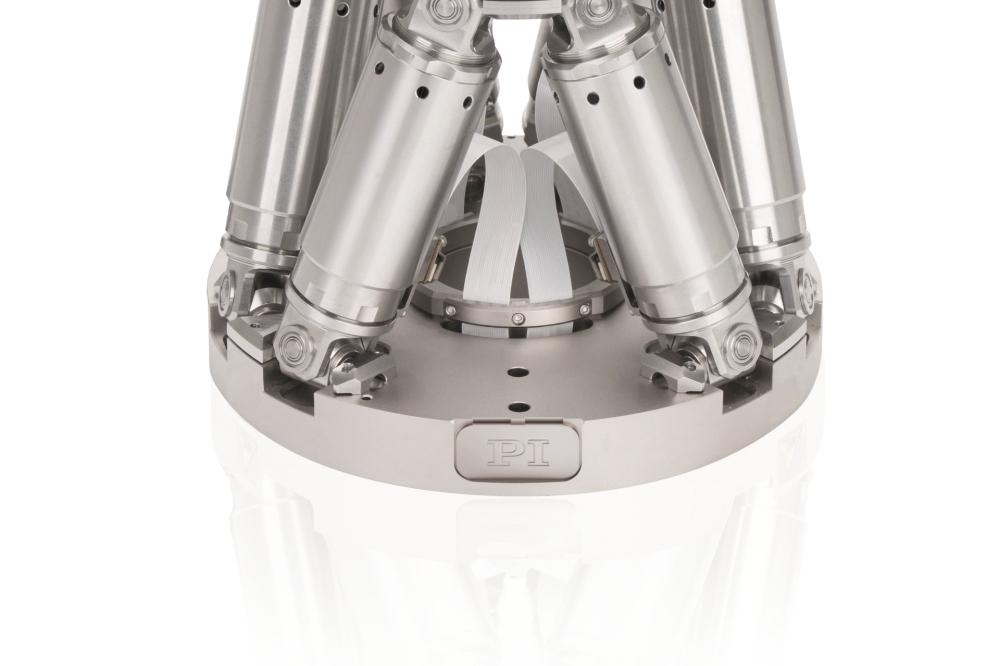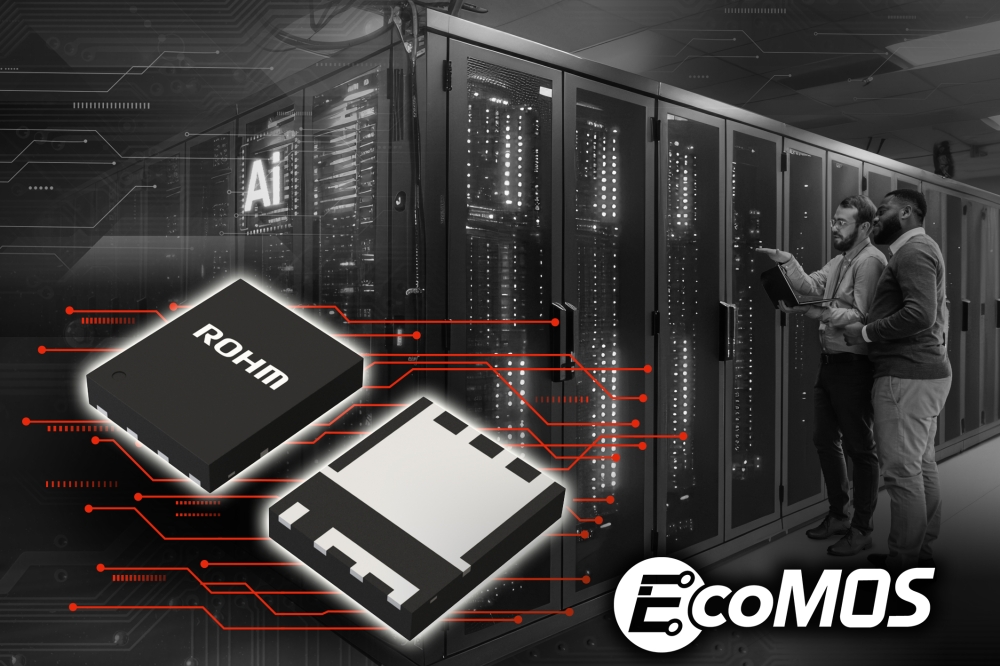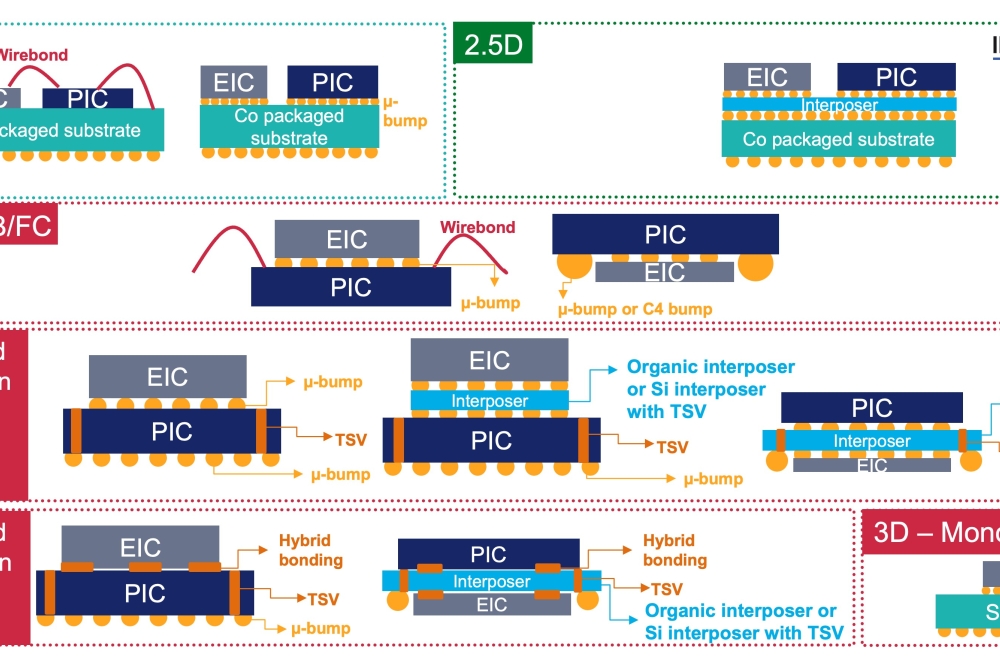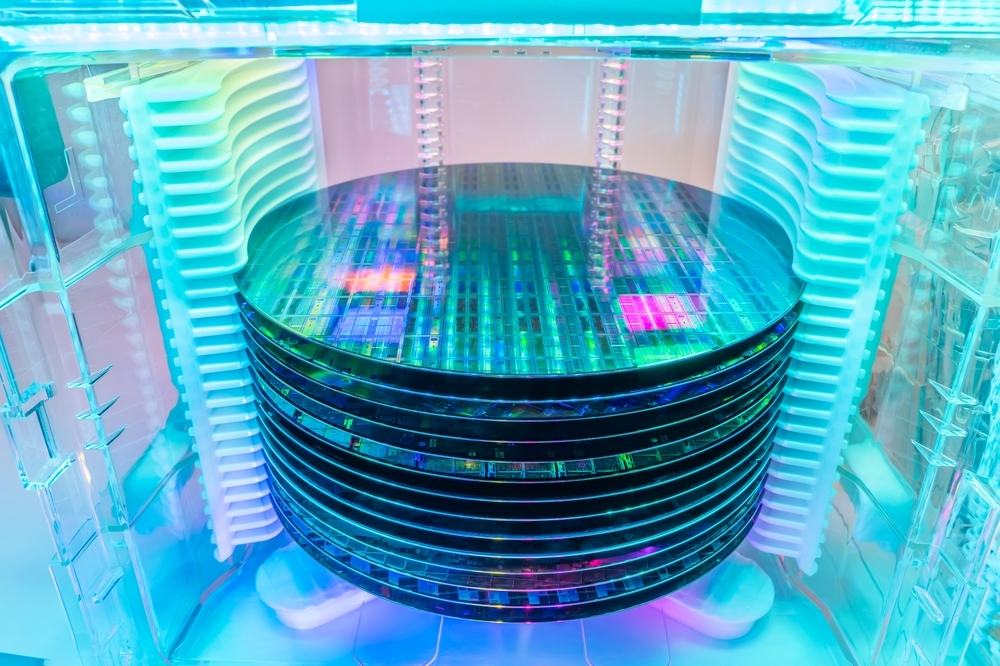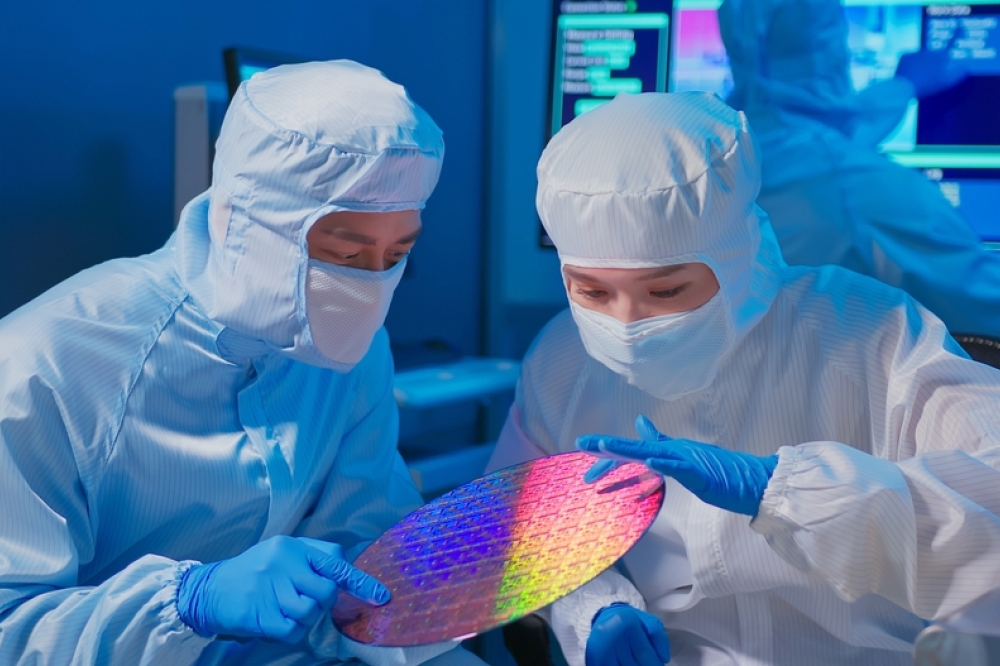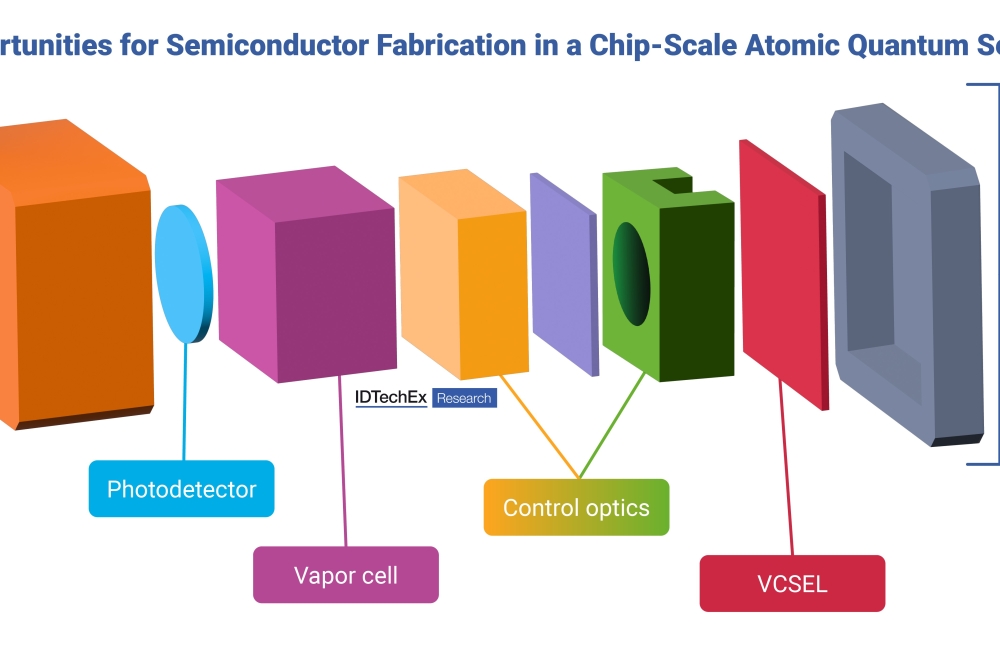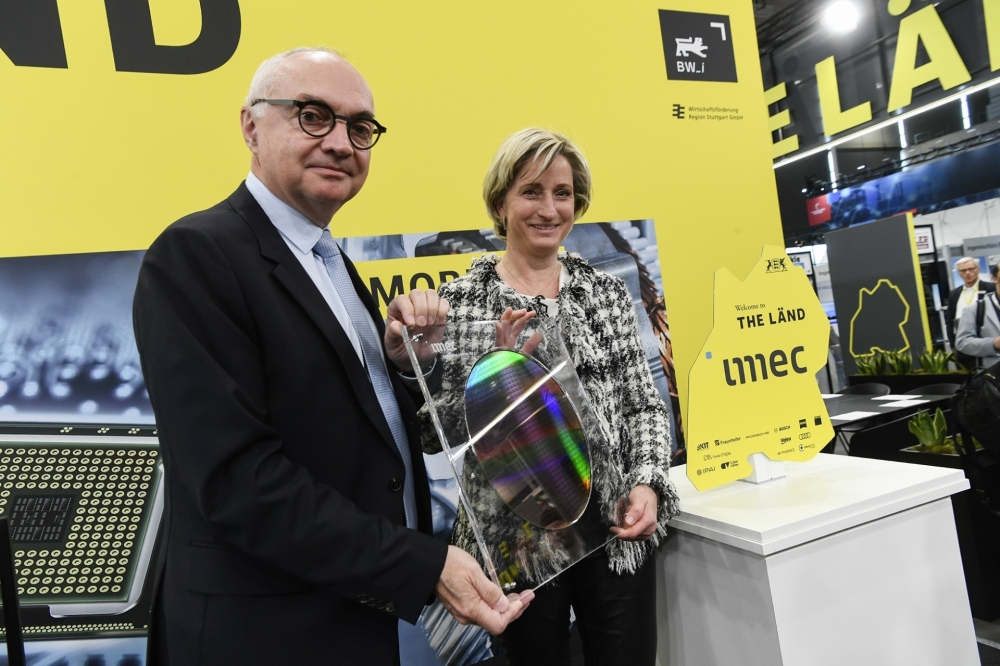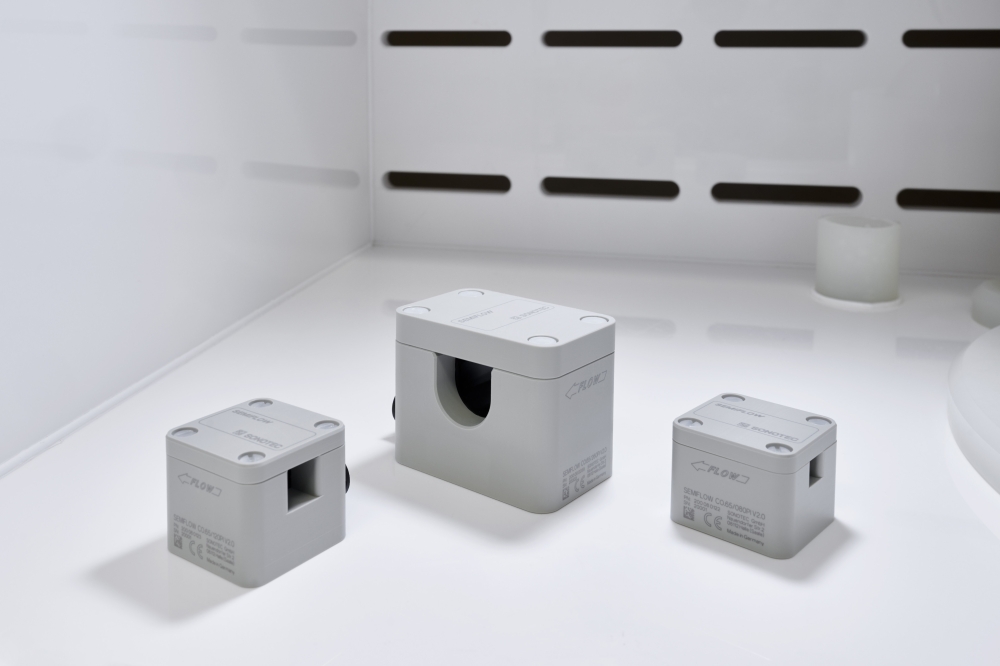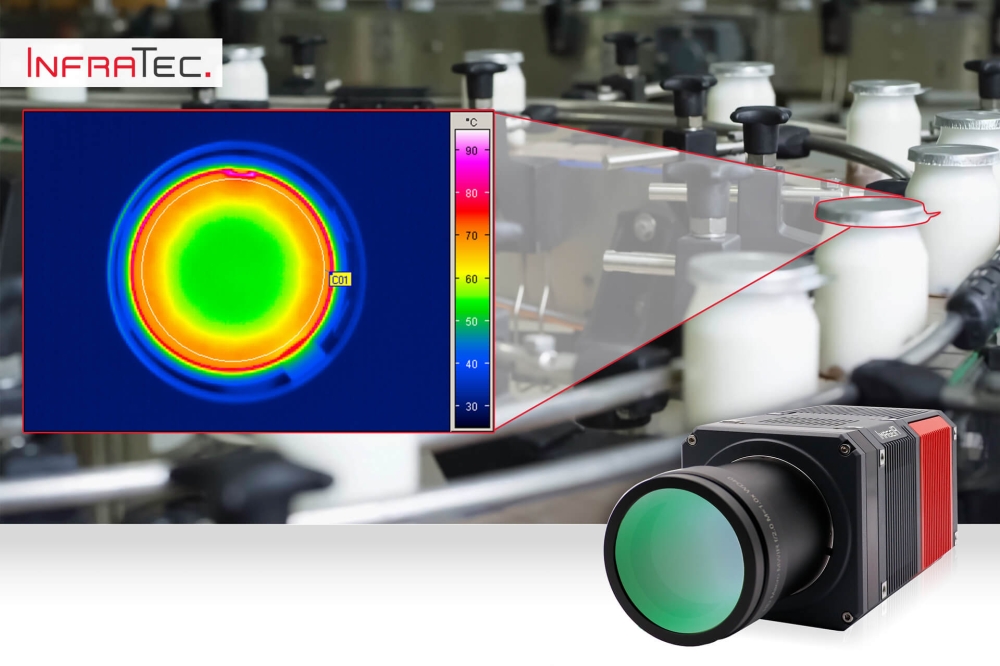IDTechEx explores emerging applications for PICs
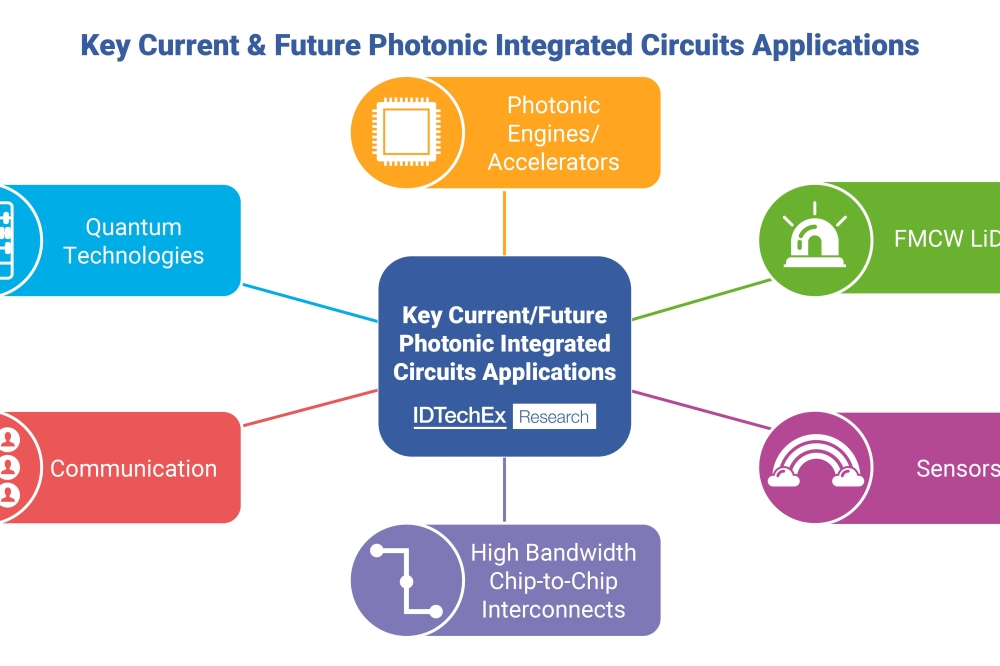
Photonic integrated circuits are the optical equivalent of microchips, using semiconductor industry processes to shrink many photonic components down onto a piece of material often smaller than a human fingernail, writes Sam Dale, Senior Technology Analyst at IDTechEx.
With photonic integrated circuits (PICs), functionality that would previously have required a laboratory-scale optical table can be shrunk to a usable scale and manufactured in high volumes.
As outlined in IDTechEx's recent report "Silicon Photonics and Photonic Integrated Circuits 2025-2035: Technologies, Market, Forecasts", data communications has fast become the "killer app" for PICs. PIC transceivers are fast becoming ubiquitous in data centers, where they increase the throughput of connections between nodes (individual computers) whilst reducing the physical size of transceivers, solving space issues for data center operators.
The ability of PICs to precisely manipulate light at the chip level opens the door to various cutting-edge fields beyond data communication, including sensing, LiDAR, quantum computing, and high-performance computing (HPC).While PIC-based transceivers are set to dominate the market, with long-range transceivers for 5G/6G networks forming the second largest sector of the overall market, other applications for PIC are growing steadily.
IDTechEx's ten-year photonic integrated circuit market forecast put non-communications applications at 7.7% of the overall market by 2035. Whilst this might seem like a small proportion, given IDTechEx's overall 2035 PIC market forecast of US$54.5 billion, this represents substantial opportunity.
PIC-Based sensors: Revolutionizing healthcare and environmental monitoring
One of the most promising applications of PICs lies in the field of sensors. PIC-based sensors leverage the ability of integrated photonics to detect minute changes in environmental parameters, making them invaluable for applications in healthcare, industrial monitoring, and environmental sensing.
Biosensing and Medical Diagnostics: PICs are already finding their way into point-of-care diagnostic devices, where they enhance the sensitivity and precision of biosensors. By integrating photonic waveguides, these sensors can detect biological markers, such as proteins or DNA sequences, with high specificity. This could revolutionize disease detection, enabling early-stage diagnosis and personalized medicine.
Gas and Chemical Sensing: Industries such as oil and gas, manufacturing, and environmental science are exploring PIC-based gas sensors to detect trace elements in the atmosphere. Leveraging silicon nitride-based PICs, these sensors can function as highly sensitive "artificial noses" capable of identifying gases and pollutants at extremely low concentrations.
LiDAR and Photonic integrated circuits: Enabling the future of autonomous vehicles
Frequency-Modulated Continuous-Wave (FMCW) LiDAR systems are another emerging application where PICs offer substantial advantages. Traditional LiDAR systems rely on mechanical components to scan their surroundings, which introduces reliability issues and size constraints. PIC-based LiDAR, however, eliminates moving parts, making the systems more compact, robust, and energy-efficient.
PIC-enabled LiDAR is expected to play a crucial role in:
Autonomous Vehicles: High-resolution, long-range detection with precise depth perception is crucial for self-driving cars. PIC-based LiDAR can provide enhanced accuracy in real-time mapping, enabling safer navigation.
Aerospace and Defense: Compact, high-performance LiDAR systems are being developed for drones and military applications, where weight and reliability are critical factors.
Agriculture and Industrial Automation: Beyond mobility, PIC-based LiDAR is being applied in smart farming, where it helps optimize planting and harvesting through high-precision land assessment.
Quantum computing and secure communications
Quantum technologies are another frontier where photonic integrated circuits are proving indispensable. As researchers push the boundaries of quantum computing, PICs provide a scalable and stable solution for controlling quantum states.
Trapped Ion and Photonic Quantum Computing: Quantum computers using trapped ions and photon-based qubits require precise control over light signals. PICs offer a way to miniaturize and stabilize these optical systems, making quantum computing more scalable.
Quantum Cryptography: Secure communication is becoming a pressing concern in the digital age. PICs enable the development of quantum key distribution (QKD) systems, which leverage the principles of quantum mechanics to create virtually unbreakable encryption methods.
Photonic accelerators for high-performance computing (HPC)
The ever-growing demand for computational power, driven by artificial intelligence (AI) and machine learning, has pushed the limits of traditional electronic computing. PICs provide a compelling alternative by enabling ultra-fast optical processing units (OPUs) that outperform traditional CPUs and GPUs in specific tasks.
Optical AI Accelerators: By replacing electronic interconnects with photonic circuits, PIC-based accelerators can perform matrix multiplication—one of the core operations in AI workloads—much faster and with reduced power consumption.
Conclusion: The expanding landscape of photonic integrated circuits
While data center communications remain the primary driver for PIC adoption, the potential applications for photonic integrated circuits stretch far beyond transceivers. From revolutionizing healthcare diagnostics to enabling the next generation of quantum computing and autonomous vehicles, PICs are poised to become a foundational technology across various industries.
IDTechEx's latest report, "Silicon Photonics and Photonic Integrated Circuits 2025-2035: Technologies, Market, Forecasts", explores these emerging applications in detail, providing insights into market forecasts, technological advancements, and key industry players. The report compares silicon photonics and emerging platforms, outlining key players and applications such as AI transceivers, co-packaged optics, and programmable photonics to forecast market growth.


